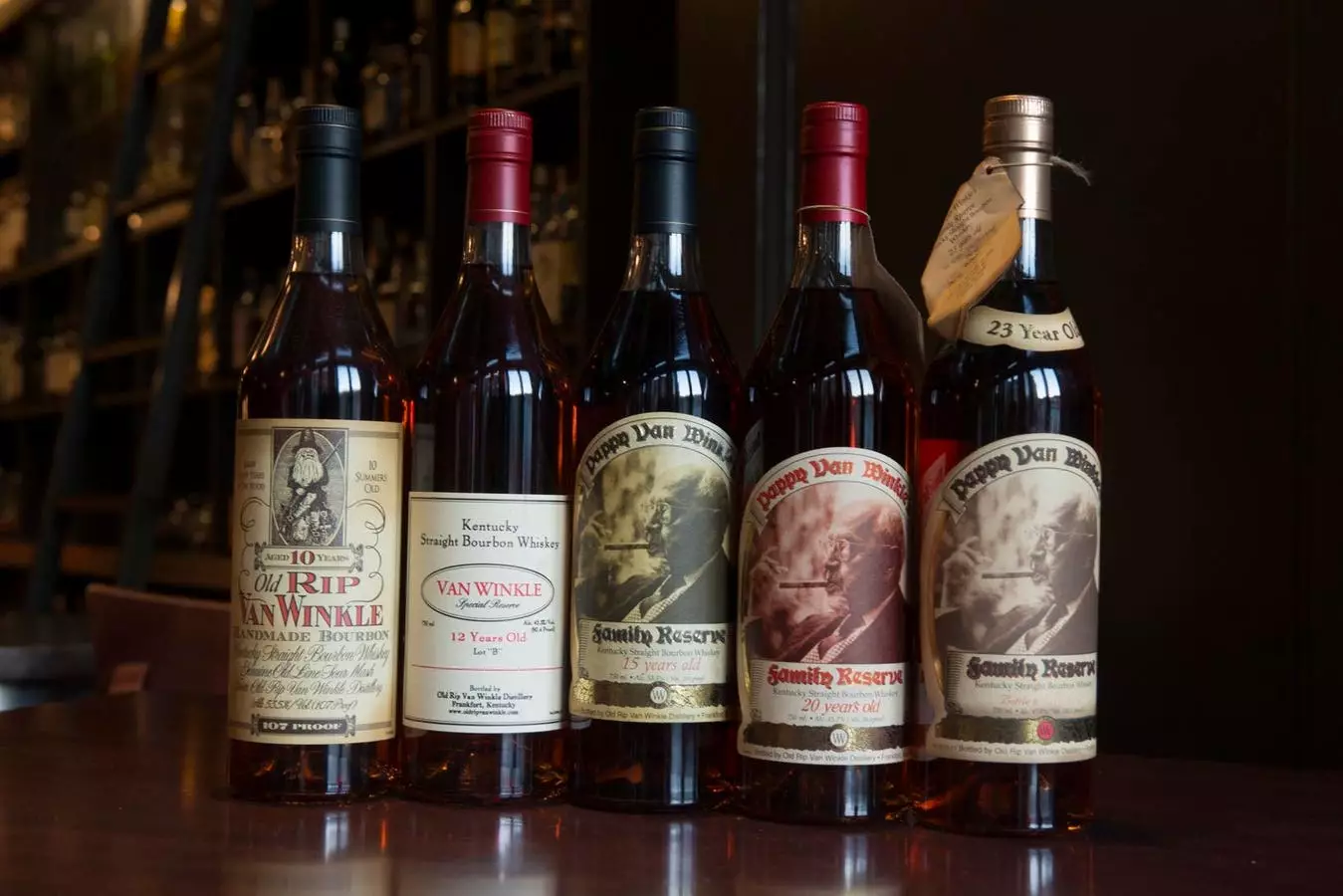As the global market for spirits continues to thrive, a disturbing trend has emerged: the proliferation of counterfeit goods. With financial losses attributed to counterfeiting estimated to reach a staggering $4.5 trillion globally, the consequences extend far beyond mere economics. While counterfeit luxury items such as designer handbags, watches, and clothing are likely to leave a mark on consumers’ wallets, the counterfeit realm also branches dangerously into the health sector, particularly with fake pharmaceuticals. Among this vast landscape of counterfeit goods, bourbon—a liquor deeply rooted in American culture—has recently become a target for scammers, preying on its increasing popularity and high value.
Bourbon’s allure has grown dramatically over the past decade, reflected in sales figures that skyrocketed to approximately $5.1 billion in 2022. This surge can be attributed to bourbon’s diversification of consumers. The spirit, once predominantly favored by a niche market, has gained traction among various demographics, including women and younger drinkers. Events such as celebrity endorsements and unusual auctions—like the bottle from Willett Distillery signed by Pope Francis—have played a pivotal role in cementing bourbon’s status as a trendy choice. With high-end brands like Pappy Van Winkle commanding prices upwards of $5,000 on the secondary market, the prospect of ownership has become irresistibly attractive.
As consumer demand for premium bourbons rises, so does the associated risk of counterfeiting. Scammers are adept at capitalizing on this trend, creating a shadow market for fake bourbons that mimic the high-end offerings that many enthusiasts covet. These counterfeiters often fill genuine bottles of expensive bourbons with subpar liquor, offering them at prices that seem too good to be true. Unsuspecting buyers, eager to add a rare bottle to their collection or simply searching for a good deal, often find themselves victims of these scams. The issue is exacerbated by the use of social media and online marketplaces, where counterfeit products can be marketed with deceptive sophistication.
Illustrating the vulnerability of even reputable retailers, a segment on the television show “Inside Edition” shed light on the growing problem. Investigators purchased a bottle of Col. E. H. Taylor Four Grain Bourbon, priced at nearly $1,000, from Acker Wines, touted as America’s oldest wine shop. Upon testing the contents at Buffalo Trace Distillery, the findings revealed that while the bottle was legitimate, the bourbon inside was fake. This case exemplifies how counterfeit spirits can infiltrate the market at all levels, from online sales to physical liquor stores.
As consumers, it is essential to remain vigilant when purchasing bourbons, especially online. A key warning sign of a potential scam is the promise of unrestricted shipping to any location in the United States. Given the complex nature of alcohol shipping laws across different states, any retailer claiming to ship without limitations should be met with skepticism. Moreover, consumers are encouraged to utilize resources like the Google Safe Browsing Transparency Report, which can help identify dubious websites.
On a personal note, as a bourbon enthusiast, I can appreciate the appeal of high-end brands like Pappy Van Winkle. However, I find that many less expensive bourbons offer remarkable flavor profiles that are equally satisfying. The availability of top-tier spirits shouldn’t overshadow the joy of exploring a diverse range of bourbons that cater to various tastes and budgets.
While bourbon continues to rise in popularity, its allure is shadowed by the rampant growth of counterfeiting in the industry. Consumers must exercise caution, armed with knowledge and skepticism to navigate the murky waters of bourbon purchasing. Peer into bottles, ask questions, and savor the depth of flavors that genuine bourbons offer, all while ensuring that your next pour is not only enjoyable but authentic.


Leave a Reply